an example of information and action
emerging out of the nervous system

text one, chapter four: part one
the cheeping of a chick:
an example
of information and action
emerging out of the nervous system

I first encounter the
concept of non-linear oscillation
in the 1960s during research into
the neural organization
of an expressive behaviour -
to wit, the cherpings
of the chick.
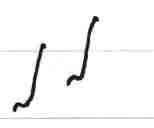

for my sins I
tortured baby chicks
to see what makes them tick
to
see how they make their noises
I jolted their brains with electricity
and took them apart.
Physically, for the chick,
three things are involved in making a sound.
1 ~ it has to blow (expire
forcefully) air
over a membrane which then vibrates.
this membrane is
called the syrinx;
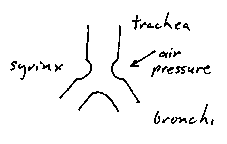
2 ~ it has to maintain air-pressure
in the thoracic air-sac in which the syrinx
sits.
It does this by opening and closing a valve; and
3 ~ it modulates
the tension of the syrinx and hence
the pitch/tone of the called note
by the contraction on a pair of muscles
(the extrinsic
syringeal muscles).
The
chick has the following repertoire of calls:
If you startle it
it trills

if you grab it, it trills (because it's startled)
and then
it "shrieks"and then it peeps.


If it is (happily) interested in something
it does calls an excited
ascending tweet-tweet


and if it is just tootleing along
it does another sort of twittering
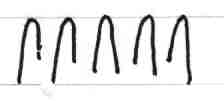
if it is distressed it peeps

In its twittering


we see that it is calling portions of its
trill,
and we see that when it is happily interested
it calls the ascending
portions of the trill,


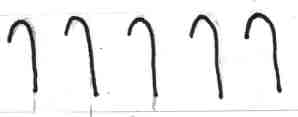
but
when it is distressed it calls the descending portion.
To do this the oscillating
motor out put to
the syringeal muscles and to the air-sac valve
must
be more or less matched for frequency
but must vary/shift in phase.
There
are occasions on which we can see
these two forms/signals manifest in the
calls

It appears as if the air-valve.signal on occasion can
spill over into
the syringeal muscle signal.
this spill over is quite regularly seen
in
the excited tweet-tweet


So a continuum from approach/interest/(pleasure?)
through to avoidance/distress
is manifest in the chicks calls
as a shift in relative phase
between
the two cycles,
one driving the syringeal muscles
and another driving
the air-valve.



We see a second continuum in the chick
vocal repertoire.
When we evoke calls by electrically stimulating
a particular
area of the brain
(the Call Motor Area of the Optic Tectum overlaps,
but is not confined to, the Lateral Mesencephalic Nucleus)
we
get a series of calls that segregates into bouts

(this is in the anaesthetised animal)
and we see the peep emerge
the same peep we see in the unhappy chick




so here we see breath
and we see "quenching"
(as breath grows large the trill modulation
is blown out)
the repertoire maps out in two dimensions
(plus a single step seen in the startle:trill)
y) force of expiration / exertion
x) approach / avoid,
pleasure / distress, nice / nasty
z) rate of arousal (the
single step seen in the startle:trill)
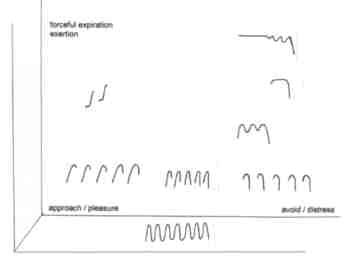
when I brought my data, the sound graphs,
to the mathematician
biologist Brian Goodwin
he said, "this looks like non-linear system."
Phase
shifts: there aren't many central nervous system phase shifts
in the literature.
The only one I'm familiar with originates around
the same era as my chick
call work, late 1960s:
Adey reports that when you are teaching a cat a task
during the learning a part of the hippocampus leads
(is phased in front of)
activity in the adjacent cortex
but after the task is learned it lags.
Judgement: does approach / avoid, pleasure
/ distress
imply, represent, reflect
a judgement?
Is judgement
(here in our baby chick) manifest in a phase shift?
(Is
judgement a quality solely of mind?
don't machines make judgements and
decisions?)
In approach (pleasure)
we see a lifting, a rising tone
with avoidance, distress we see a falling,
a descent
I am reminded of What's His Name, "the
baby watcher",
who speaks of "energy envelopes" (sic)
and how these give a qualitive tone to an event
is it building, bursting,
fading -
part of happening emotional tone come from its
temporal/energetic
envelope
I'm
also reminded of Madame Blavatsky.
In my doctoral thesis I ventured (in a
footnote)
that the chick's repertoire smacked of Madame B.
and her good
and bad vibrations
see:
Norman Allan's doctoral dissertation
"The Central Control of Vocalization
in the chick of the Domestic Fowl."
Sussex University: 1971
Chapter 4: neural nets